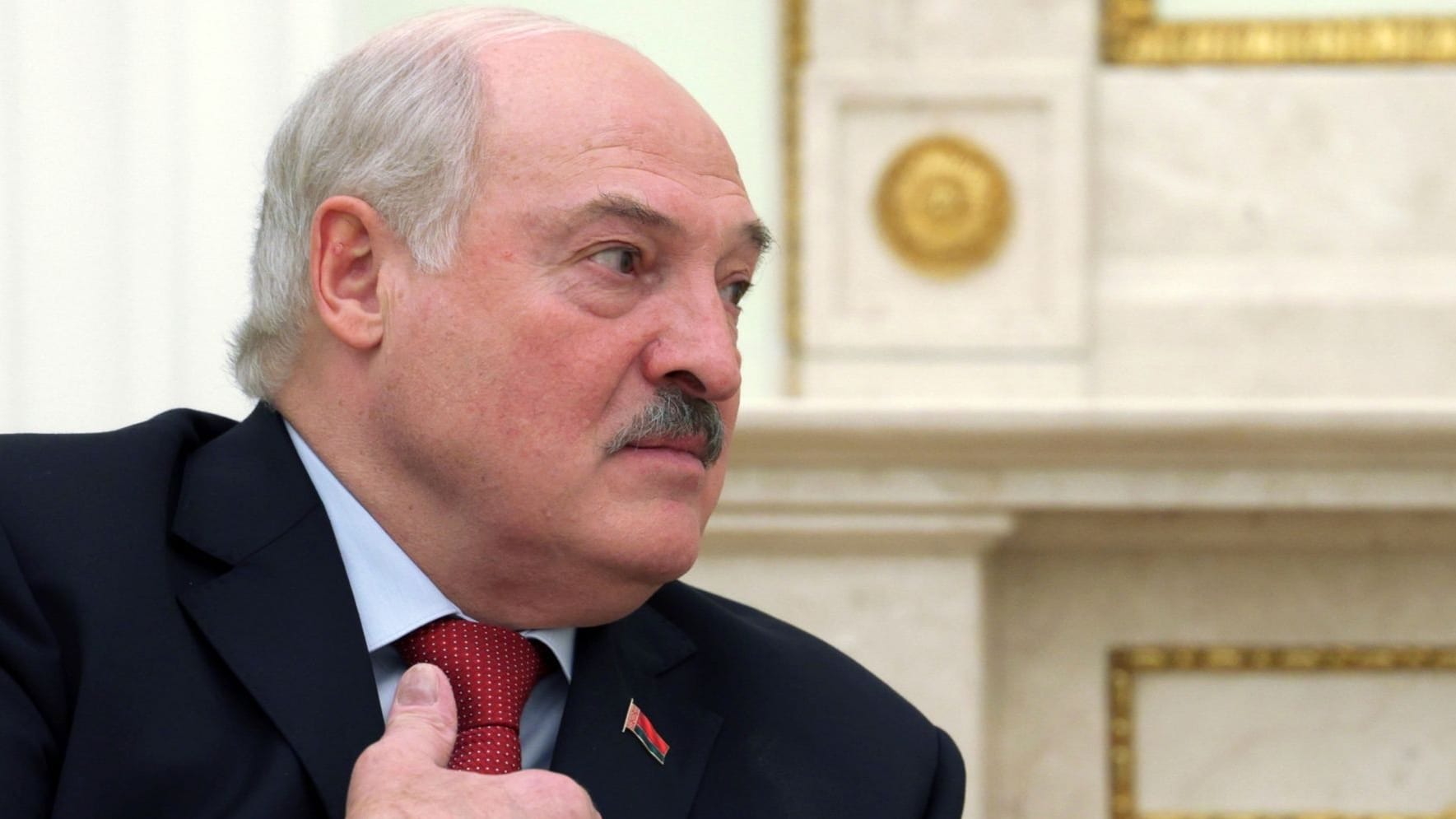If you are an Aurora history buff, there is a wonderful panoramic view of the City of Lights which you might enjoy very much.
Perhaps you have already visited it, but if not, it is the view looking south and east from Wilder Park on the near West Side of town. It offers a peaceful look at Aurora’s history of immigration, worship, architecture, transportation, health care and entertainment. You will especially enjoy it if you have generational Aurora roots as I do.
With minimal noise from traffic on North Lake Street, I can get lost in memories of most of the buildings, bridges and outdoor landmarks in this vista.
The memories might begin with the former St. Charles Hospital (built in 1932) and the former St. Joseph Mercy Hospital (1931) where thousands of Aurora Baby Boomers were born. They no longer serve as hospitals, but each is today used as housing for seniors. The beauty of their Art Deco and Collegiate Gothic styles remain.
With the help of the wonderful city of Aurora website, I found the history of many of the sights seen from the Wilder Park view. The city seems to be dedicated to preserving the history of our people and institutions.
The tall steeples of many of our houses of worship draw immediate attention. Many denominations of Christianity and Judaism are represented, and I’ve been fortunate to have visited many of them.
According to the city website, churches were founded in the following timeline: St. Paul Lutheran (today known as San Pablo, 1857), Trinity Episcopal (1860s), Universalist Congregation (today known as Cosmopolitan Cathedral, 1867), First United Methodist (1872), St. Mary (1872) and St. Nicholas (1882).
The back of the original Temple B’nai Israel (1927) is partly visible, as is the former St. Athanasios Greek Orthodox Church (1965).
Our rich history of immigrants building this community is evident in reading about the houses of worship. If you use your imagination, you can almost feel the history of the different ethnic groups who have built Aurora as you observe the Wilder Park view.
Historic and famous downtown landmarks visible (or partially obscured) include Leland Hotel (built in 1928); Aurora Hotel (1917); New York Street Bridge (1931); Keystone Building (1923); Old Post Office (1930); Old Elks Club (1926); GAR Memorial Hall (1877); Hotel Arthur (later the Terminal Building, 1905); and the Paramount Arts Centre (1931).
If you’d like to research architectural styles, these buildings include Gothic and Gothic Revival, Romanesque and Romanesque Revival, Mayan Revival, Art Deco and Art Moderne. Some included arcaded block and terra cotta. Architecture students could probably have a field day.
Again, using your imagination, you might see famous people who visited the club atop the Leland Hotel or the Paramount. Or envision President Theodore Roosevelt or presidential candidate John Kennedy visiting the downtown area.
Roosevelt visited the original town square, known as McCarty Park, in 1903. It featured a Victorian fountain and gazebo, and was restored in 1987.
The Aurora Transportation Center and the Roundhouse stand today as tribute to Aurora’s history as a railroad town. The Transportation Center formerly housed some of the machine shops of the railroad complex founded even before the Civil War. The Roundhouse (today a restaurant and entertainment venue) is the only standing all-stone roundhouse in the United States.
Experience the beautiful Wilder Park panorama for yourself. It may bring some memories and smiles, but you might want to do it fairly soon.
The city has contracted with two different developers to build apartment complexes on each side of the Fox River. These will greatly diminish the wonderful view. A seven-story building (with 190 units) is planned for the west side, and a five- story development (with 246 units) is planned for the east side. The area will change in several ways with increased congestion and traffic.
City leaders are dedicated to further developing the downtown, but one of the victims will be the view of our wonderful and historic Aurora.
Tom Strong is a freelance reporter for The Beacon-News





